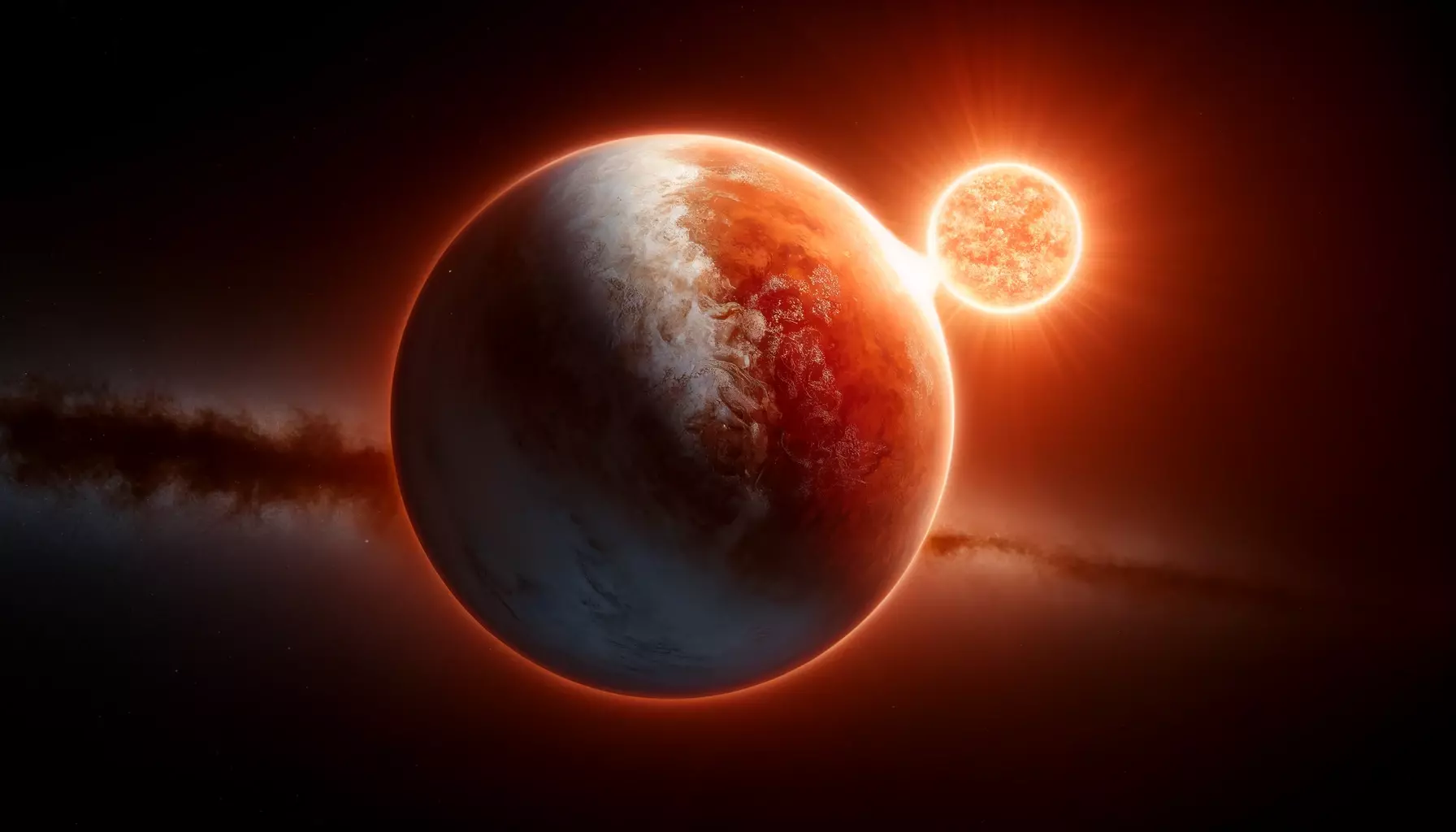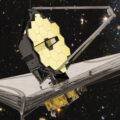Scientists have discovered a rare “weird” exoplanet nicknamed “Phoenix” that has developed and sustained an atmosphere despite the harsh radiation emitted by its nearby host star.
This extraordinary find challenges long-held theories about planetary aging and survival in extreme environments.
“This planet isn’t evolving the way we thought it would. It appears to have a much bigger, less dense atmosphere than we expected for these systems,” said Dr. Sam Grunblatt, a Johns Hopkins University astrophysicist who led the research. “How it held on to that atmosphere despite being so close to such a large host star is the big question.”
Researchers presented the discovery of “Phoenix” on June 5 in The Astronomical Journal.
The planet, officially named TIC365102760 b, is located around 1,800 light years from Earth and is roughly 6.2 times larger, with 19.2 times the mass of our home planet. The newly discovered world belongs to a category of exponents called “hot Neptune” because it has a mass similar to that of our solar system’s 8th and most distant planet.
Phoenix orbits its parent star about six times closer than Mercury orbits the sun, completing a full orbit around the red giant every 4.2 days. Despite this proximity, the planet defies expectations by maintaining a robust atmosphere, presenting a mystery for scientists who previously believed such a feat impossible due to the intense stellar radiation.
Although Phoenix has a high equilibrium temperature, the exoplanet maintains a remarkably low density, estimated to be 60 times less dense than the densest “hot Neptune” ever discovered. This unusual finding, coupled with the planet’s current mass and radius, suggests that atmospheric stripping has occurred at a much slower pace than was previously thought possible.
“It’s the smallest planet we’ve ever found around one of these red giants, and probably the lowest mass planet orbiting a [red] giant star we’ve ever seen,” Dr. Grunblatt said in a press statement. “That’s why it looks really weird. We don’t know why it still has an atmosphere when other ‘hot Neptunes’ that are much smaller and much denser seem to be losing their atmospheres in much less extreme environments.”
One possible explanation for Phoenix’s resilience is its magnetic field, which could be strong enough to shield its atmosphere from the host star’s radiation. This magnetic field could act as a protective barrier, preventing the atmospheric particles from escaping into space.
Researchers also proposed that Phoenix could have migrated to its current orbit from a previous larger orbit, thus avoiding the highest intensity of XUV irradiation from its host star.
Another potential explanation could be interactions between Phoenix and another nearby exoplanet. However, in their recent paper, researchers said, “The absence of any transit timing variations, astrometric noise, or additional RV signal or trend suggests that there are no other planets relatively near to TIC 365102760 b in this system, suggesting that recent planet-planet interactions are not likely.”
Phoenix’s discovery was made possible using data obtained from NASA’s Transiting Exoplanet Survey Satellite (TESS). By observing the slight dimming of stars as planets pass in front of them, TESS can identify even low-density planets that might otherwise be difficult to detect.
Researchers additionally confirmed their findings using observations from the W.M. Keck Observatory on Hawaii’s Maunakea volcano, which can measure the radial velocity of stars caused by nearby orbiting planets.
The detection of Phoenix was led by a team of researchers from Johns Hopkins University as part of the TESS Giants Transiting Giants (GTG) program, which focuses on identifying planets transiting red giant stars—systems often missed by other surveys due to their long transit durations and unique stellar noise properties.
The implications of Phoenix’s recent discovery extend beyond the distant exoplanet. The findings suggest that other planets in similar environments also possess mechanisms to retain their atmospheres, potentially increasing the number of habitable worlds in the universe. This revelation could prompt a reevaluation of the criteria used to determine a planet’s habitability, expanding the search for life beyond Earth.
Moreover, researchers say the information gleaned from studying Phoenix could help scientists better understand how Earth’s atmosphere might evolve, particularly as the sun is predicted to expand into a red giant star in a few billion years.
“We still have a long way to go in understanding how planetary atmospheres evolve over time,” Dr. Grunblatt explained. “This is telling us that maybe Earth’s atmosphere won’t evolve exactly how we thought it would.”
Tim McMillan is a retired law enforcement executive, investigative reporter and co-founder of The Debrief. His writing typically focuses on defense, national security, the Intelligence Community and topics related to psychology. You can follow Tim on Twitter: @LtTimMcMillan. Tim can be reached by email: tim@thedebrief.org or through encrypted email: LtTimMcMillan@protonmail.com

